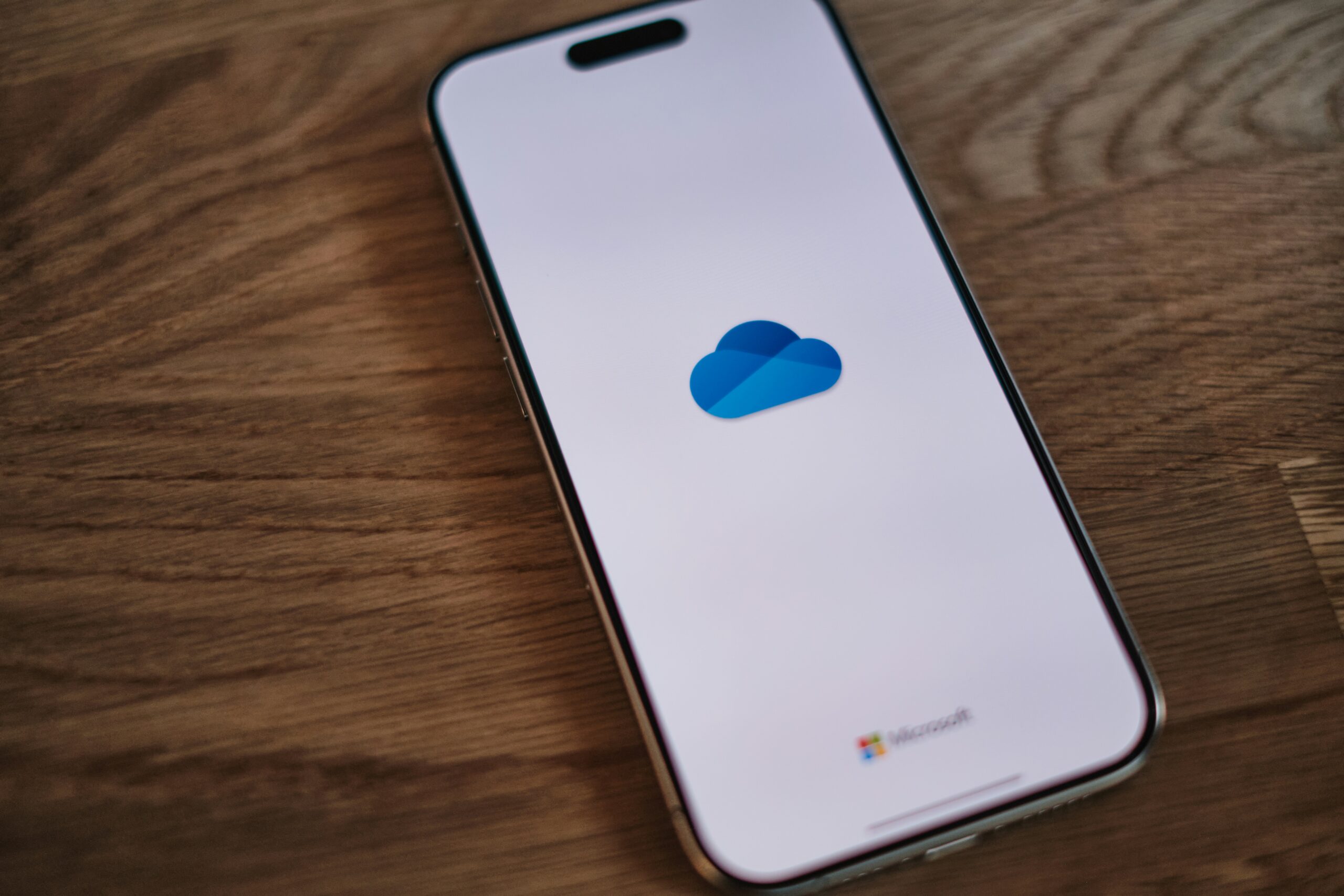In the era of hybrid work and digital collaboration, businesses are investing heavily in tools that support communication, knowledge sharing, and secure file storage. Two of the most widely used tools in the Microsoft 365 ecosystem are OneDrive and SharePoint. But despite their widespread adoption, confusion often surrounds their roles and how they can work together.
Let’s explore the differences, similarities, and most importantly, the complementarity between OneDrive and SharePoint, and how leveraging both can lead to a more efficient digital workplace.
What is OneDrive – and What Is It Not?
OneDrive is often viewed as a personal cloud storage solution. That’s true – but only partly. In fact, there are two distinct versions:
- OneDrive Personal, intended for individual users to store private documents, photos, and media.
- OneDrive for Business, which is part of Microsoft 365 and designed for organizations to enable secure document storage, sharing, and collaboration.
While OneDrive personal is linked to a Microsoft personal account (e.g., @outlook.com), OneDrive for Business account is managed by your company and offers enterprise-level security, compliance, and collaboration features.
What is SharePoint and How Does It Work With OneDrive?
SharePoint is a powerful platform for building intranet sites, managing content, and enabling document collaboration across teams or departments. It’s less about individual storage and more about structured, shared knowledge and project management.
Here’s where things get interesting:
- When you create a Team in Microsoft Teams, or a Group in Outlook, SharePoint automatically provisions a document library.
- When you upload a file in OneDrive for Business, it often gets synced or linked to a SharePoint document library behind the scenes.
In other words: OneDrive is the gateway, SharePoint is the destination.
OneDrive vs SharePoint: Not Competing, But Complementary
If you’re asking “OneDrive vs OneDrive for Business vs SharePoint?”, the answer isn’t which is better—but how to use them together.
| Feature | OneDrive for Business | SharePoint |
|---|---|---|
| Storage location | User-specific | Team/department-specific |
| Best for | Personal work files | Collaborative content |
| Permissions | Controlled by user | Controlled by SharePoint admins |
| Integration with Viva Engage | Limited | Strong (especially for internal comms) |
| KPIs tracked via Communication Insights | ✅ Yes | ✅ Yes |
By combining both, companies can:
- Provide individual file storage to employees via OneDrive Business account
- Centralize shared team resources in SharePoint
- Ensure all content is secured, compliant, and discoverable
OneDrive for Enterprise: Use Cases in Internal Comms
Often overlooked by communication teams, OneDrive for Business can be a strategic channel when used properly.
Here are some common use cases:
- Sharing preboarding and onboarding materials with new hires
- Distributing internal newsletters or training guides
- Collaborating on executive messages before publishing them on Viva Engage or SharePoint
- Providing managers with templates or documentation in private folders
By combining microsoft onedrive business with structured SharePoint libraries, you create a seamless information flow.
Governance and Security: Why It Matters
An enterprise setup should never rely only on personal OneDrive storage. Why? Because organizational governance, compliance policies, and access management are critical.
With OneDrive for Business, admins can:
- Enforce sharing rules (internal only, expiration dates, etc.)
- Prevent data loss with Microsoft DLP policies
- Track user activity for audits
SharePoint complements this with:
- Versioning
- Metadata and tagging
- Site-specific permissions
Together, they form the backbone of a secure digital workplace.
Conclusion: Building a Cohesive Digital Workplace
Rather than thinking in terms of OneDrive vs SharePoint, organizations should look at these two tools as complementary pillars. When implemented strategically and analyzed through a solution like Communication Insights, they enable teams to:
- Collaborate better
- Communicate with impact
- Secure knowledge across the enterprise
Understanding when to use OneDrive personal vs business, how it integrates with SharePoint, and how to track its usage is key to building a modern, data-driven internal communication strategy.
Check out our last articles:
- Internal Communication + Hybrid Work: New Challenges, New Metrics
- What Is Microsoft Flow? How SharePoint Flows Can Automate Internal Communication
- What Is SharePoint? A Complete Guide to Microsoft SharePoint for Internal Communication
- Viva Engage Analytics: Optimize your internal communications
- Will Chatbots Replace the Intranet?

